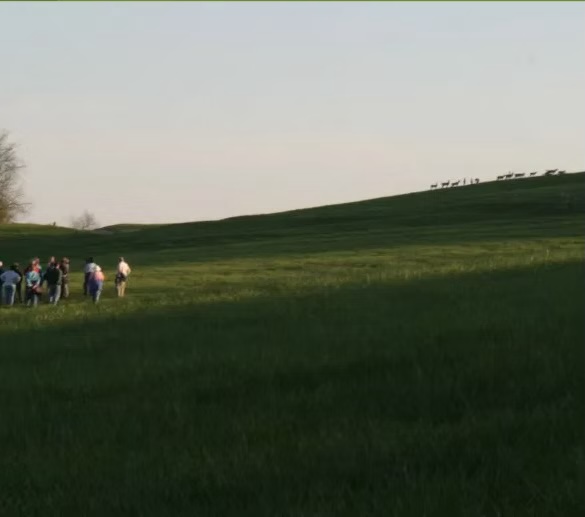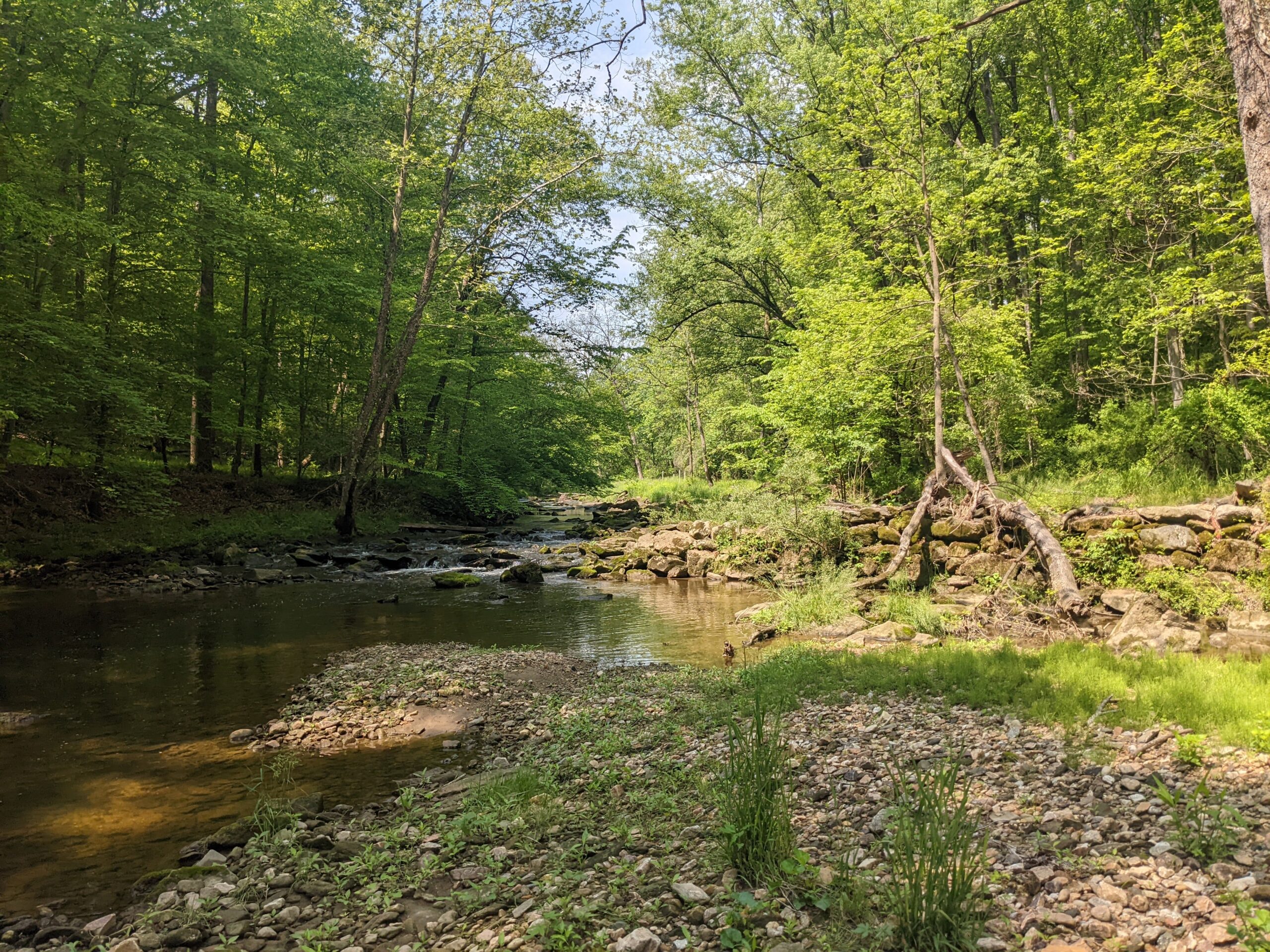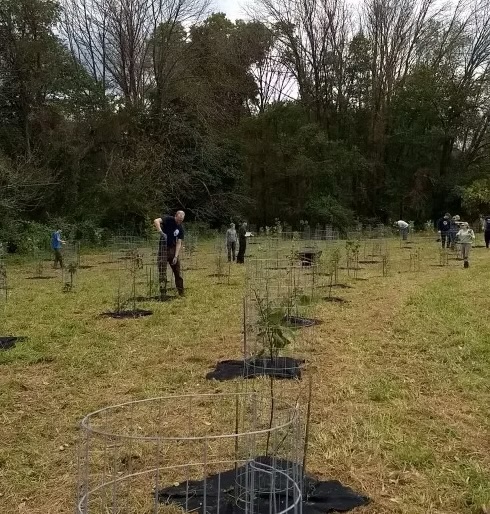Land Conservation
Protect. Restore. Engage.

We have conserved over 2,300 acres of land to-date, with several easements and acquisitions currently in the pipeline. Our goal is to create conservation corridors, protecting vital contiguously conserved land and heritage sites. Open space and natural resources are vital to our community’s health and well-being, and we actively work to protect them in perpetuity.

CONSERVATION
We have conserved over 2,300 acres of land to-date, with several easements and acquisitions currently in the pipeline. Our goal is to create conservation corridors, protecting vital contiguously conserved land and heritage sites. Open space and natural resources are vital to our community’s health and well-being, and we actively work to protect them in perpetuity.
We offer several conservation options for landowners. A conservation easement is a landowner’s voluntary agreement restricting the use and development of his or her property. Completing a conservation easement involves a number of specific activities leading from the first meeting to the final recording of the easement in the County’s real estate records. Please visit the easement page for more information or email Abbie Kessler, Land Preservation Director.
In addition to working with landowners to place conservation easements on their properties, BRC also owns seven public nature preserves. For more information on the preserves, please visit the preserve page.

HISTORIC PRESERVATION
We believe that you can’t separate the land from its history, and we strive for the preservation and protection of the region’s rich cultural heritage in addition to its diverse natural landscapes.
Land conservation and historic preservation often originate from the same desire–to protect a sense of place, community spirit, and integrity of local land and heritage, for generations to come. Our work focuses on the mutual preservation of both natural lands and important historic sites, and we strive to educate and engage the community in its remarkable history. It is our hope that this will ensure that this history will be kept alive through preservation for generations to come.
We hold multiple conservation easements that protect the viewsheds of historic homes to help maintain the sense of place. The Chandler Mill Nature Preserve lies within the locally designated Lower Red Clay Creek Historic District and abuts the historic Bucktoe Cemetery, the final resting place of approximately nine Civil War Colored Troop veterans. Both the Chandler Mill Nature Preserve and Myrick Conservation Center lie along the route of the British troops leading up to the Battle of the Brandywine. If you have any questions about the history of our properties, please reach out to the office.

STEWARDSHIP
Preservation of land through conservation easements is an important step towards protecting our natural resources, but the next step, stewarding our land is just as important. You can become a steward whether you own a 1/4 acre lot or a 1,000 acre farm. This can be as simple as planting native plants to attract pollinators or as in depth as creating and implementing a management plan with step by step details of ways to control invasive species and encourage native species. Whether your property is large or small, stewardship of your land is something that each of us can do.
Our nature preserves are managed for their habitat and biodiversity. In addition to providing a place for our two legged and four legged friends to enjoy nature, we also work hard to create habitat for the native flora and fauna. Anytime you visit one of our properties you will see our stewardship efforts at work. Nesting boxes, native plantings, invasive management, and mowing schedules are all ways that we steward our lands to encourage the wildlife that we all enjoy observing. If you see us hard at work on our preserves, feel free to stop to learn about our most recent stewardship projects.
We realize that stewardship and proper management of your property may be a daunting task, and have developed programs to provide the tools to assist you with that task.